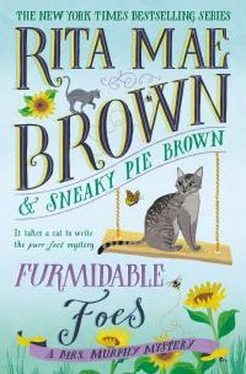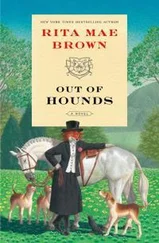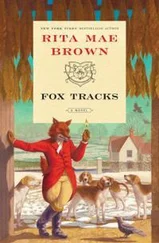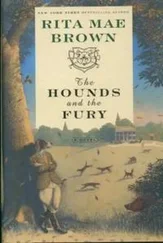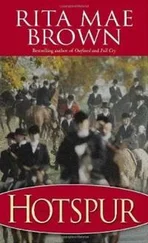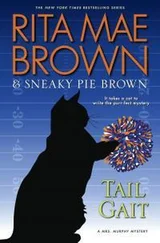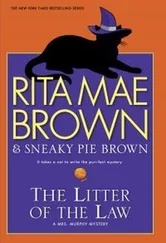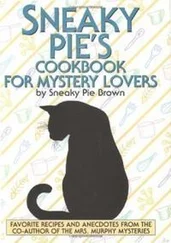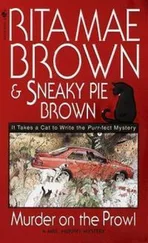ROYAL OAK, MARYLAND
Ard Elgin—Manages this estate for Mr. Finney. As they both came here from Ireland, they understand each other. He is a good manager and his boss, Mr. Finney, is a hard man but a fair man.
Miss Frances—The cook at Royal Oak, and she, too, is Irish. She takes no guff from anyone. She is the workers’ cook, not the house cook, who does not mix with the workers, called “hands.” Miss Frances has no time at all for the house cook snob, never even sees her, nor does anyone else, but they sure see Miss Frances.
Ralston—Now nineteen, he works in the stables at this Maryland estate. He escaped Cloverfields. He didn’t much like his parents, really loathed Jeddie Rice, and felt if he could be free, he’d become a famous horseman and rich. All young people have dreams.
William—Escaped from Big Rawly but went back to steal jewelry, money, whatever he could, and he also went back for Sulli, a pretty girl of sixteen. He filled her head with stories. Maybe he even believed them.
Sulli—Easily convinced by William, she quickly came to regret that, but at least she was free and she works hard at Royal Oak, taking orders from Miss Frances.
THE SLAVES: CLOVERFIELDS
Bettina—A cook of magical abilities, she is also head slave woman on the estate. When Ewing’s wife, Isabelle, was dying, Bettina nursed her, stayed with her. When Isabelle died, Bettina promised her mistress she would take care of Catherine and Rachel. She kept her promise.
Jeddie Rice—With good hands and a light seat, he has a sure touch with horses and soaks up everything Catherine teaches him. At nineteen he’s a man, but he evidences no interest in anything but the horses. He is ambitious without being obnoxious, for a horseman can rise in the world, slave or free.
Tulli—He might be eleven but he looks about nine. Such a sweet little fellow, he works at the stables and tries very hard.
Barker O—Runs the stables, drives the horses, is splendid on the seat of the carriages. He enjoys a big reputation among horsemen, much deserved.
Roger—Being the butler, his is a powerful position. He must know most of the people who call on Ewing as well as how to treat them according to their station. He’s a good, reticent man.
Weymouth—Roger’s son, early twenties. He does a good job but he lacks his father’s drive.
Bumbee—She’s in charge of the weaving, buying yarns and fabrics. She’s an artist, truly, and the ladies who work with her do as they are told.
THE SLAVES: BIG RAWLY
DoRe—Runs the stables; is Barker O’s counterpart. As Jeffrey Holloway now builds sumptuous carriages, DoRe shows them off to buyers. He has been courting Bettina.
Elizabetta—As Maureen’s replacement lady’s maid since Sheba vanished with a fortune in pearls set amidst diamonds, hers is a nonstop position. She’s lazy when Maureen is away. She’s a decent sort.
THE CAST OF CHARACTERS PRESENT: THE ANIMALS
Mrs. Murphy—Harry’s tiger cat, who often evidences more brains than her human.
Pewter—A fat gray cat with an inflated opinion of herself. She believes the world began when she entered it.
Tee Tucker—An intrepid corgi bred years ago by Susan Tucker, the sensible dog watches out for Harry and endures Pewter.
Pirate—Almost fully grown, an Irish wolfhound who came to Harry and Fair when his owner died. He is very sweet and learning the ropes from Tucker. Rule One: Never believe anything Pewter says.
THE EIGHTEENTH CENTURY: THE ANIMALS
Piglet—The corgi that started the corgi line still at Big Rawly. He endured the war and captivity with Charles West.
Reynaldo—A blooded horse, he has terrific conformation and is fast. He’s young, full of fire.
Crown Prince—The above’s half brother, calmer.
Black Knight—Stolen by William, he has come to Cloverfields, where he has been restored to health and happiness.
Chief—A bombproof horse who takes care of Ewing Garth.
Sweet Potato—A saucy pony for the children.
Penny—A half-bred newly purchased mare. She is kind.
1
May 22, 2019
Wednesday
A fully opened peony, hot magenta, swayed slightly in the gentle breeze. Deep in its florid heart a few black ants moved about. St. Luke’s Lutheran Church, completed in 1787, after a few years of construction, attracted photographers thanks to the harmonious balance of the church and its attached buildings. The church, a gleaming cross on top of a bright white steeple, sat in the middle of a perfect quadrangle of lush green grass. Two arcades, slightly set back from the church’s front door, arched stone like miniature aqueducts, flared out from the east and west sides of the main church building to a two-story stone houselike building. These structures contained the pastor’s office and a general meeting room. The women’s groups met in the western building, the men’s, the eastern. The style was simple Georgian, a style that had become grander as America recovered from the Revolutionary War, paid our war debts, and finally began to generate profits. A portion of those profits, or “thankful increase” as the pastor may have called them, had been poured into the landscaping, the solemn yet uplifting graveyard surrounded by a stone fence, and the pastor’s house, which sat fifty yards beyond that on the east side with a stable, also made of gray fieldstone.
The landscaping begun by the architect, former Captain of His Majesty’s regulars, Charles West, reflected his deep learning simply from being raised in England. Captured at Saratoga, marched to The Barracks as a prisoner of war, he quickly divined that these rebellious people were on to something.
Captain West created three large quads, terraced behind the church. Each quad was one hundred yards in length and roughly seventy-five in width, although the width changed over the centuries due to the practice of shoring up the terraces when hard weather began to wear them down. On the edge of the last quad Captain West placed the graveyard, whose first residents died before the church was completed. A married couple, the Taylors, had been laid to rest in October 1786, victims of tuberculosis while relatively young.
Lush grass covered the ground. Captain West preserved gum trees, walnut trees, red oaks, pin oaks, and sycamores by a piddling busy creek to the west. Hickories stood firm as well as tulip poplars. Captain West liked the different bark surfaces as well as the various leaves. To these he added a double row of sugar maples along the drive to the pastor’s house and in front of the stables. The occasional blue spruce dotted the north face. A gigantic Magnolia grandiflora commanded the soft rolling hill in front of the church. Captain West’s wife, Rachel née Garth West, added annuals and some perennials, as she had been taught by her mother, a marvelous gardener.
Over the decades other shrubs and trees had been planted. The annuals, of course, created some work as they needed to be replanted. And some generations of congregants evidenced more enthusiasm for weeding than others.
Now, May 2019, enthusiasm was high. Of course there weren’t many weeds just yet.
The grounds also attracted photographers, not necessarily Lutheran photographers, but no matter. St. Luke’s happily shared its beauty with all. The effect of the grounds—especially now as central Virginia approached high spring—was exquisite and peaceful. The light shining through the two-story stained glass windows added to the feeling of sanctuary. Even the brass doorknobs on the high double doors to the church itself caught one’s eye.
Читать дальше
